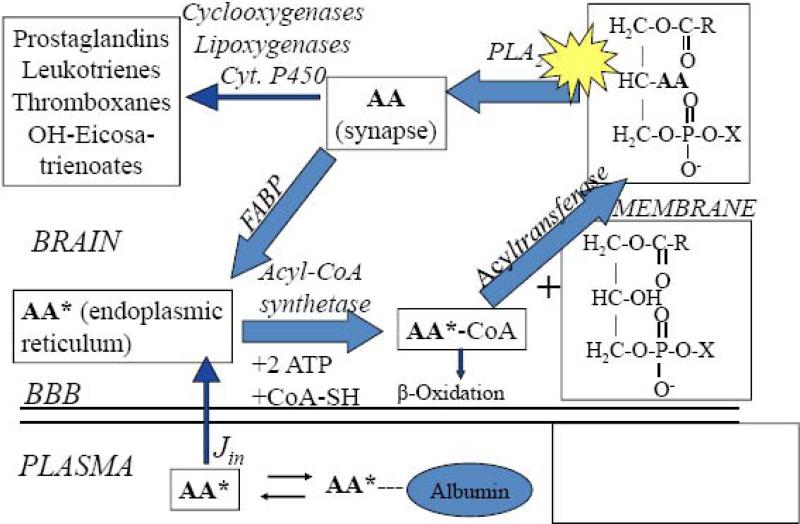Figure 3. Model of brain arachidonic acid cascade initiated at synapse.
AA is liberated from the stereospecifically numbered (sn)-2 position of a phospholipid by activation (star) of phospholipase A2 (PLA2). A fraction is converted to bioactive eicosanoid, while the remainder diffuses to the endoplasmic reticulum bound to a fatty acid binding protein (FABP). There, it is converted to arachidonoyl-CoA by acyl-CoA synthetase with the consumption of 2 ATPs, then re-esterified into an available lysophospholipid by acyltransferase, or β-oxidized in mitochondria. AA in the endoplasmic reticulum exchanges freely with unesterified unbound AA in plasma, into which labeled AA (AA*) has been infused. Other metabolic pathways are not shown. Jin, the rate of incorporation of unesterified unlabeled AA into brain, equals the net rate of loss by metabolism, since AA cannot be synthesized de novo in brain. Adapted from (Rapoport and Bosetti, 2002).

